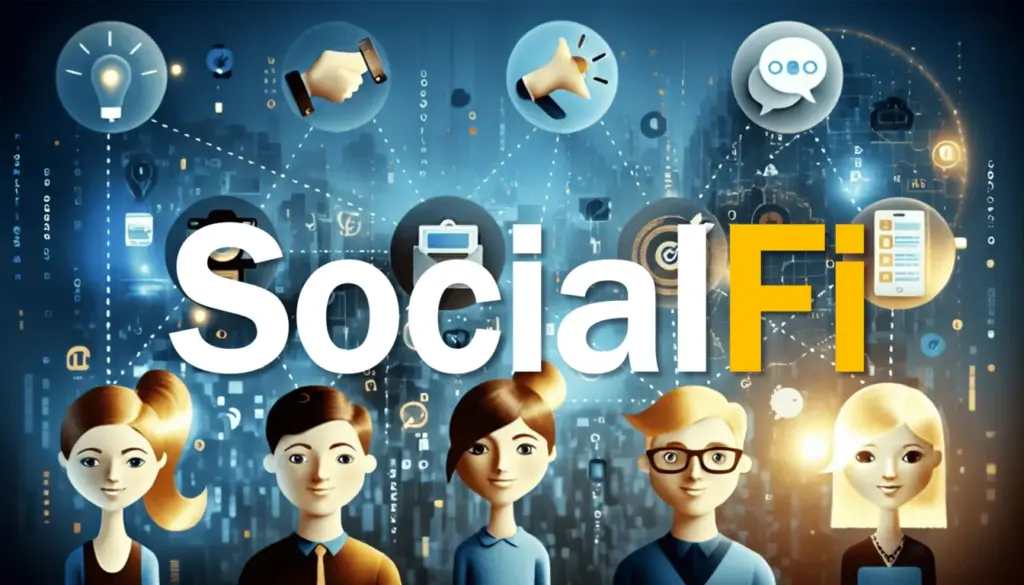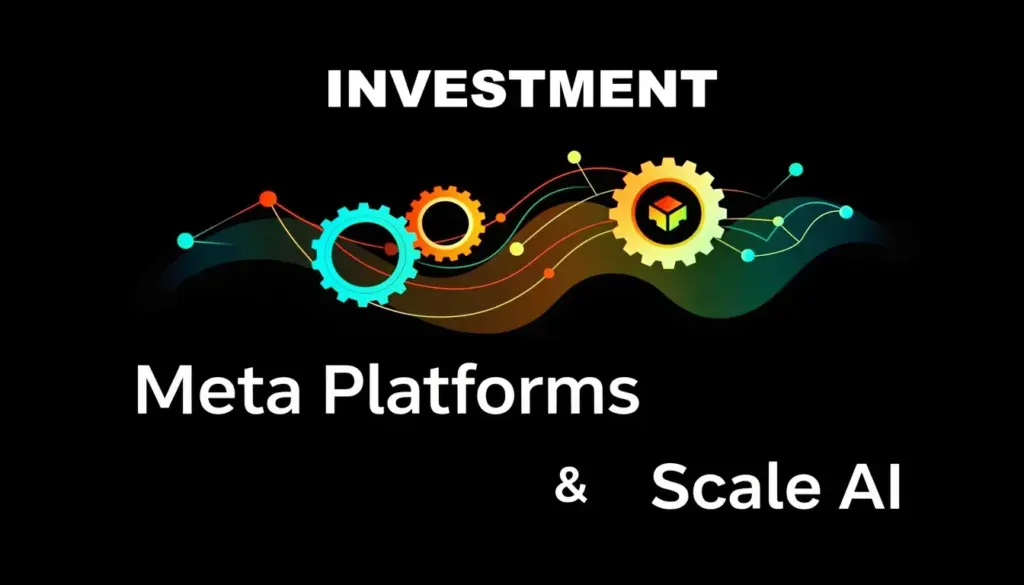We are in the midst of a technological revolution unprecedented in human history. This revolution is driven by the remarkable advancements in artificial intelligence, especially generative AI, which has gone beyond simply analyzing information and recognizing patterns to directly generating new content – text, images, audio, and more – and entering the realm of human creativity. These advances in AI are already permeating our lives and transforming them in a variety of ways, and their impact is expected to have a profound effect on the economy in general and the labor market in particular.
While some fear mass job loss, others are excited about the potential for AI to create new industries and jobs and become a new engine of economic growth. In this article, we take a deeper dive into the broader economic implications of advances in generative AI, particularly the changes in the labor market and the new opportunities that will arise.

Accelerating Automation: Disappearing Jobs and Reshaping Labor Structures
Generative AI has the potential to automate not only repetitive and routine tasks, but also creative and analytical tasks that were once thought to be the exclusive domain of humans. For example, the increasing use of AI in areas as diverse as writing, coding, image creation, data analysis, and more could reduce the need for human workers to perform these tasks.
A 2023 Goldman Sachs report analyzed that generative AI could impact as many as 300 million full-time jobs globally, about two-thirds of which could be exposed to AI automation. The impact is expected to be greatest in occupations that involve a lot of information processing, such as administrative, legal, and financial services. For example, research, contract review, and customer service are among the most easily replaced by AI. The Korea Employment Information Center’s 2024 report, “The Future of Jobs in the Age of AI,” also predicts that about 25% of jobs in Korea will be significantly impacted by AI, with production and office jobs that involve a lot of repetitive tasks being the most affected.
Of course, this automation doesn’t just mean fewer jobs – it can also have a positive side, maximizing work efficiency and increasing productivity. Businesses can utilize AI to reduce costs and become more competitive, which can ultimately lead to higher economic growth. What matters is how we adapt to these changes and retrain to gain new skills.
The Birth of a New Profession: New Specialists in the AI Era
While advances in generative AI are replacing existing jobs, they’re also creating an entirely new type of job. Professionals who develop, manage, and optimize AI systems are in high demand, as are those who broker AI-human collaboration.
One of the most prominent examples is the “prompt engineer”. They are responsible for designing and refining questions (prompts) for AI models to produce optimal results. There are also a number of new careers related to AI technology that are rapidly emerging, such as AI ethicists, AI systems supervisors, and AI-powered content planners. According to the World Economic Forum’s (WEF) 2023 Future of Jobs Report, nearly 69 million new jobs will be created by 2027, many of which will be technical roles related to AI. For example, demand for data scientists, machine learning engineers, and AI/machine learning specialists is expected to grow by more than 30% over the next five years.
These new roles will require more than just technical expertise – the ability to understand the limitations of AI and combine human creativity and critical thinking to create synergies will become increasingly important. Unique human sensitivity, empathy, and strategic thinking will remain areas that AI cannot easily replace, making them key capabilities for creating new value in the AI era.
Productivity Innovation and New Business Models: A Catalyst for Economic Growth
Generative AI can act as a powerful catalyst for economic growth by dramatically improving productivity in existing industries and enabling entirely new business models.
In manufacturing, for example, AI-powered robots and automation systems can maximize production efficiency, improve quality control, and reduce production costs. In healthcare, AI can improve the quality of healthcare by speeding up drug development, increasing the accuracy of disease diagnosis, and personalizing treatments. In finance, AI-powered personalized investment advice, fraud detection systems, and more can increase the efficiency and stability of financial markets.
Generative AI is also creating new business opportunities that were previously difficult to imagine, such as creating personalized content, tailoring educational services, and delivering new experiences based on virtual reality (VR) and augmented reality (AR). For example, AI-powered personalized learning platforms are maximizing student learning, and AI-generated virtual influencers are bringing a new paradigm to the entertainment industry. These new business models will attract investment, create jobs, and ultimately serve as new engines of economic growth. In a 2023 report, global consulting firm McKinsey estimated that generative AI could add between $2.6 trillion and $4.4 trillion in annual economic value globally – a staggering amount, equivalent to the annual GDP of the United Kingdom.
Growing Economic Inequality and the Need for Social Discussion
Alongside the positive effects that advances in generative AI will bring, there are also concerns about growing economic inequality, as access to and ability to utilize AI technology could further widen the gap between individuals and businesses.
A few companies at the forefront of AI technology and highly skilled AI professionals can accumulate enormous wealth, while those who are displaced by AI or struggle to acquire new skills are marginalized. This disparity has the potential to deepen polarization across society and lead to social conflict.
Therefore, governments, businesses, and civil society should actively discuss and prepare for these potential problems. Policy efforts should be made to strengthen social safety nets and ensure that the benefits of AI are distributed fairly, such as by strengthening lifelong education systems, expanding AI skills training programs, and establishing unemployment support and re-employment programs. It is also essential to establish ethical guidelines for the development and use of AI technologies, and to build a social consensus to prevent the misuse and abuse of AI.
In Conclusion
The development of generative AI presents humanity with unprecedented opportunities and challenges. Fundamental changes to the labor market are inevitable, and while some jobs will disappear, new value-creating occupations will emerge. What’s important is that we don’t perceive these changes as a crisis, but rather as the wisdom to explore new possibilities and respond proactively.
The economy of the future will evolve as AI and humans work together complementarily. AI will maximize human productivity by efficiently handling repetitive and computational tasks, while humans will create new value by unleashing their unique capabilities – creativity, critical thinking, and empathy – that AI cannot replace.
AI is no longer a technology of the future, it’s a reality of today. By better understanding the impact of AI on the economy and developing smart strategies to respond to it, we can build a brighter and more prosperous future in the new economic paradigm that AI will bring. Efforts to achieve sustainable economic growth through human-centered AI advancements and build a society with equal opportunities for all must begin now.
🔎 Read our other posts on finance and economics
👉 Subscribe to our X (Twitter) channel


